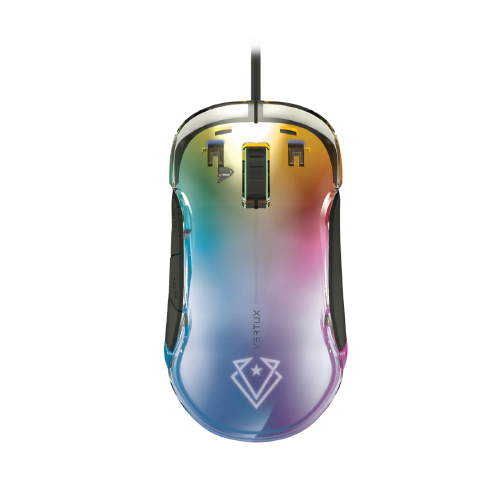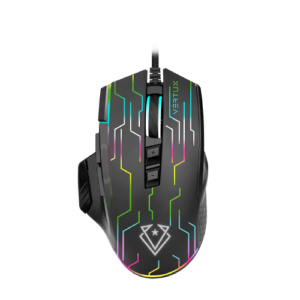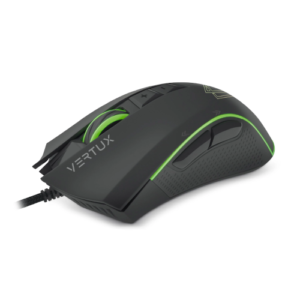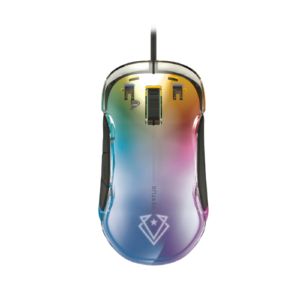Key Features and Specifications of Wired Optical Sensors
Wired optical sensors have gained popularity due to their precision and reliability, essential for a wide range of applications. One of the most significant features is the DPI (dots per inch) settings, which typically range from 800 to 12,000. The DPI settings play a crucial role in determining cursor sensitivity and precision. For casual browsing, lower DPI settings may provide a comfortable navigation experience, while high DPI settings are preferred for tasks requiring detailed pointing accuracy, such as graphic design or professional gaming. Users can adjust these settings based on their preferences and specific use cases, enhancing overall functionality.
Another important aspect is the cable length, which is typically around 1.8 meters. This length strikes a balance between providing ample space for movement while also minimizing clutter on the desktop. A longer cable offers flexibility in positioning the computer peripherals without sacrificing performance. This is particularly beneficial in environments where workspace configuration is dynamic or where additional reach is a requirement for optimal usage.
Additionally, many wired optical sensors incorporate LED modes offering customizable lighting options. These modes enable users to personalize their devices with various colors and effects that can enhance their gaming setup or desktop aesthetic. Such features not only cater to aesthetic preferences but also provide visual feedback on performance settings, allowing for intuitive user interaction.
Last but not least, the choice of switches is critical in the performance of wired optical sensors. The Omron switches, favored in many models, boast a lifespan of up to 20 million clicks. This durability ensures that users can rely on their devices for extended periods without performance degradation. Together, these specifications—DPI settings, cable length, LED modes, and switch longevity—enhance the overall performance and user experience of wired optical sensors, making them an excellent choice for various applications.
Understanding Warranty Information and Replacement Options
When purchasing wired optical sensors, it is essential to carefully consider the warranty details that accompany these gaming peripherals. Typically, manufacturers offer a 2-year warranty on wired optical sensors, which serves as a safety net for consumers, ensuring their investment is protected. This warranty generally covers defects in materials and workmanship, meaning if the product fails to perform as intended due to a manufacturing error, the consumer is eligible for repairs or replacement.
The process for claiming warranty services is usually straightforward. Consumers must retain the original purchase receipt as proof of purchase and contact the manufacturer’s customer service. Many companies also provide detailed instructions on their websites, outlining the necessary steps to initiate a warranty claim. This may include filling out an online form or sending the product back to the manufacturer for inspection. Having a reliable warranty in place is crucial, as it not only guarantees the quality of the product but also provides peace of mind to the consumer.
In addition to coverage against manufacturing defects, the warranty may also include options for replacement in the event that the wired optical sensor is deemed unrepairable. During the warranty period, consumers can expect responsive support from manufacturers, which can greatly enhance their overall experience with the product. By understanding the warranty information and available replacement options, consumers can make informed decisions when investing in wired optical sensors and other gaming peripherals, ultimately ensuring a satisfactory usage experience.





